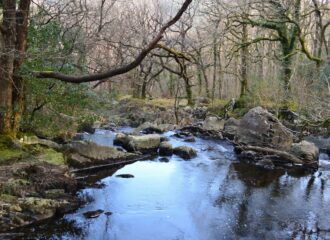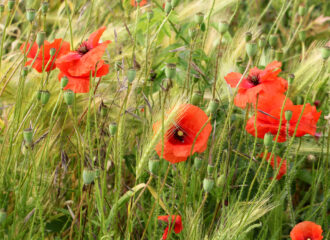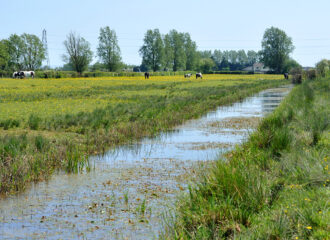Ecosystems are generally complex and difficult to define and, more often than not, comprise a wide range of habitats; typically combining semi-natural, agricultural and non-natural components. This part of the website describes the main habitat groups in Wales, and the more recognisable seral phases of those habitats, some of which are now confined to small fragments and located in areas unsuitable for human land-use. The more common reference states, i.e. states that arise through natural processes, and modified states, i.e. states that arise as a consequence of anthropogenic impacts, of the habitats are also described. These illustrate how different pressures on the landscape have impacted on the habitats over varying time frames and led to the habitats that we see today. The text provides identifies the main management pressures on each habitat and promotes the need for strategic restoration programmes that take into account the likely impact on the biodiversity associated with each habitat.
Welsh Reference Ecosystems and Modified States

Semi-natural ecosystem components
The habitats in this section are considered to be ‘semi-natural’ as they are recognised as having been a part of the UK landscape for hundreds, if not thousands, of years and because they are typically, though not exclusively, dominated by species considered native to the UK. However, they invariably have a history of cultural management,…

Agricultural habitats
According to the latest agricultural statistics, the area of agricultural habitats in Wales is 1,677, 072 ha, which represents c.80% of the land area, which increases to 88% when common land is included. These habitats comprise a mix of arable habitats, permanent grassland, rough grazings, woodland, scrub and hedgerows. Hay meadows and pastures, which are…

Non-natural ecosystem components
Some of our non-natural ecosystem components have important roles to play, not only in hosting a relatively rich fauna and flora compared to some of their natural/semi-natural counterparts, but also in the education of children. Most children in the UK live in urban environments surrounded by non-natural habitats and with limited opportunities to visit more…

